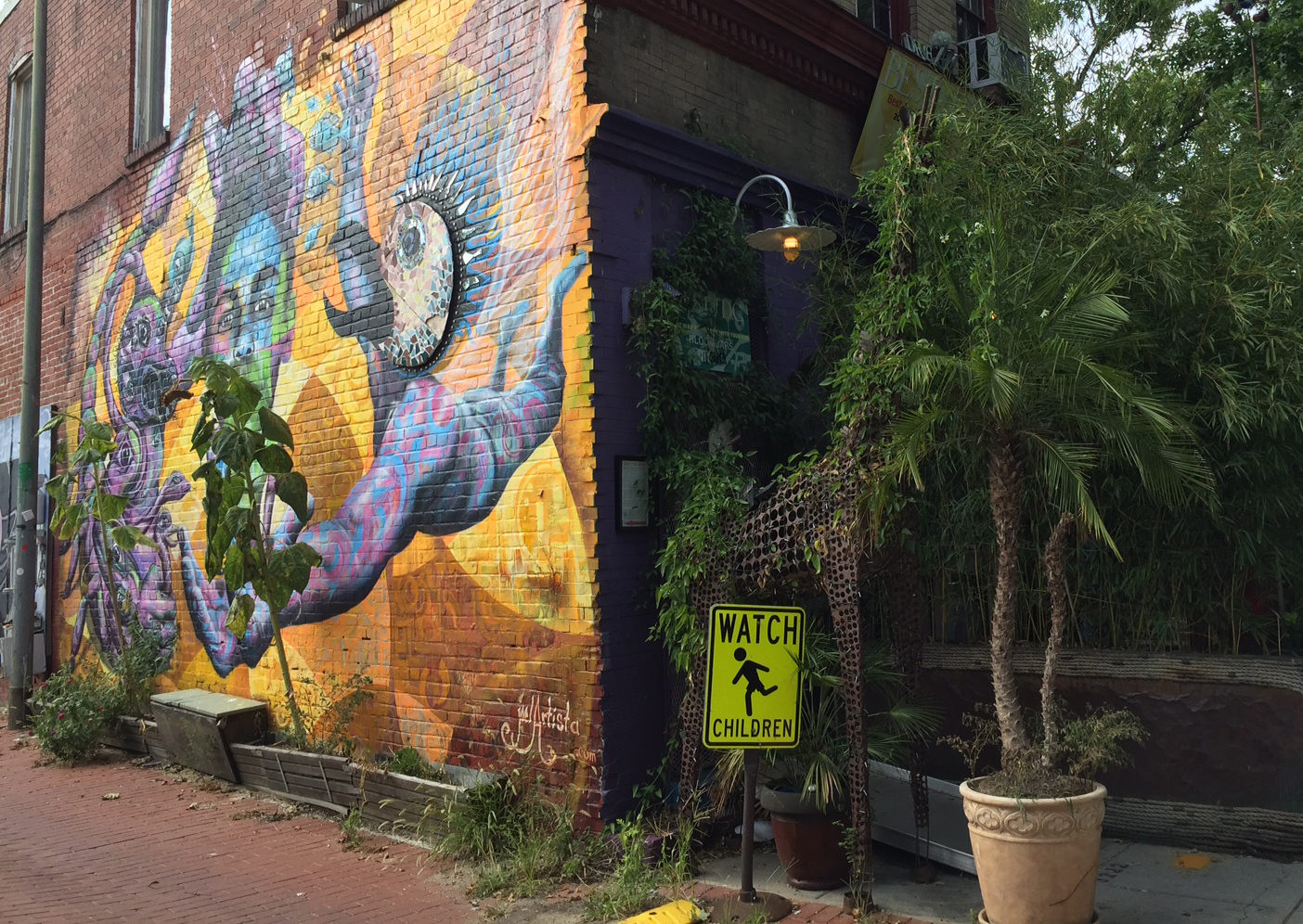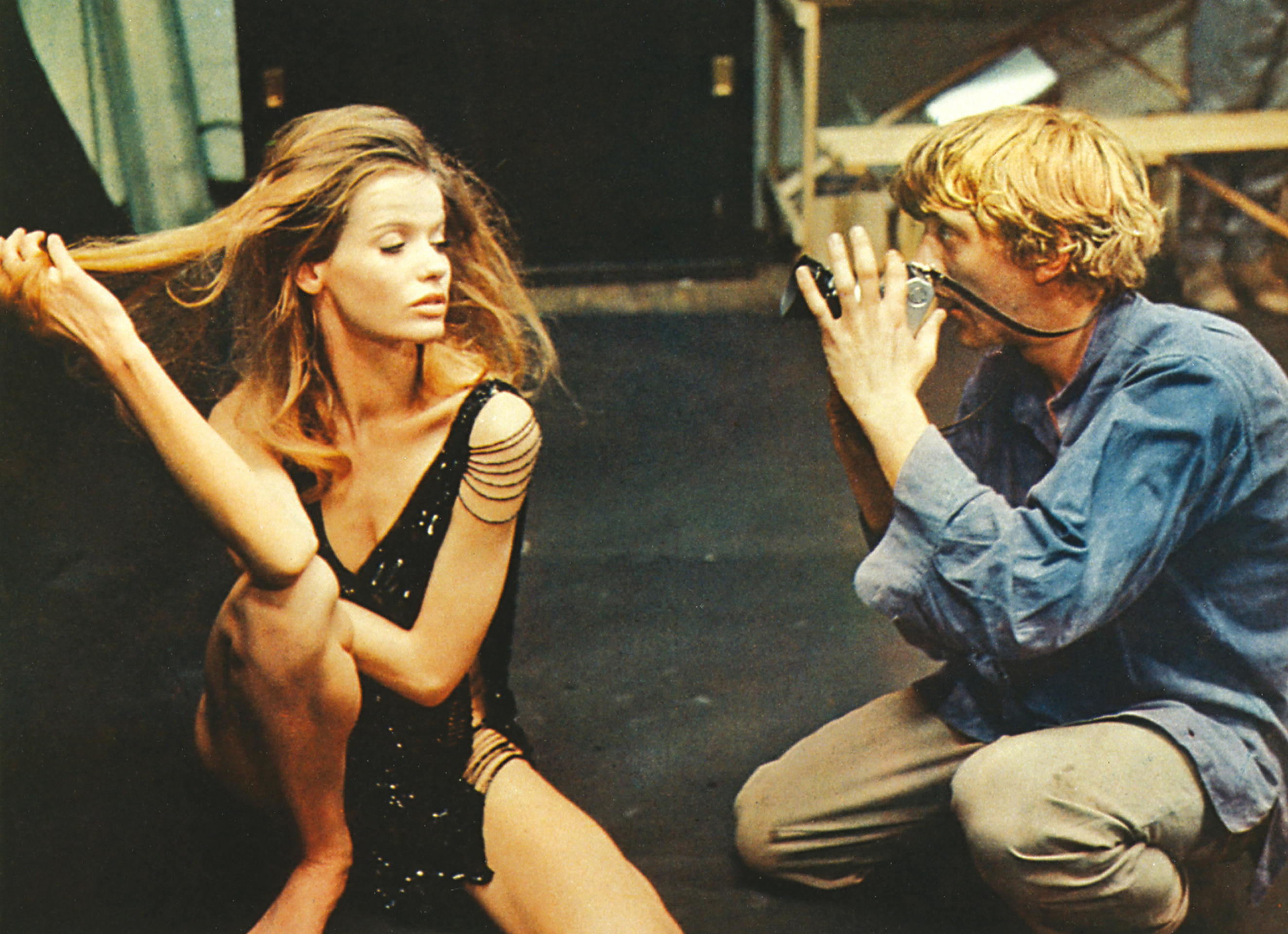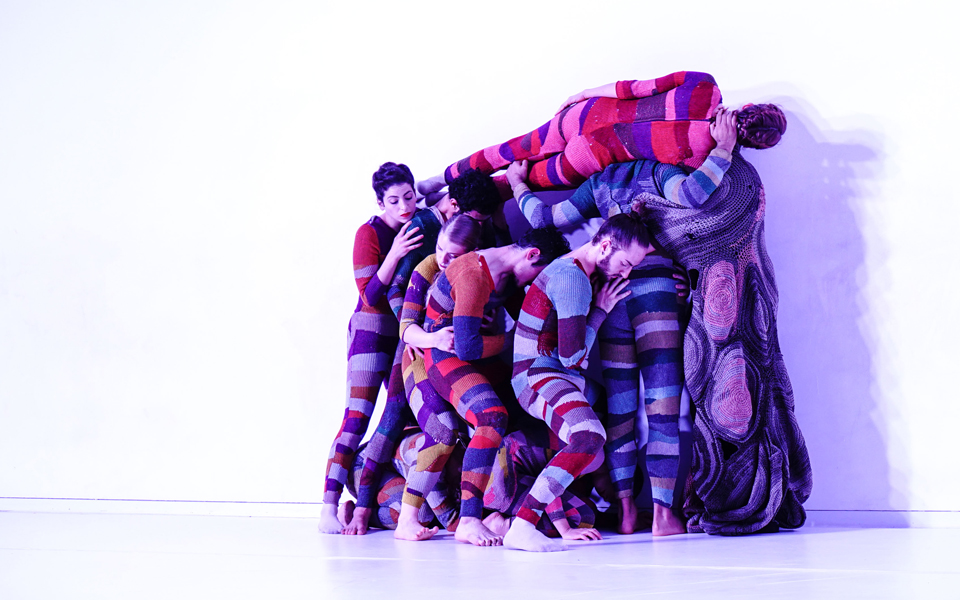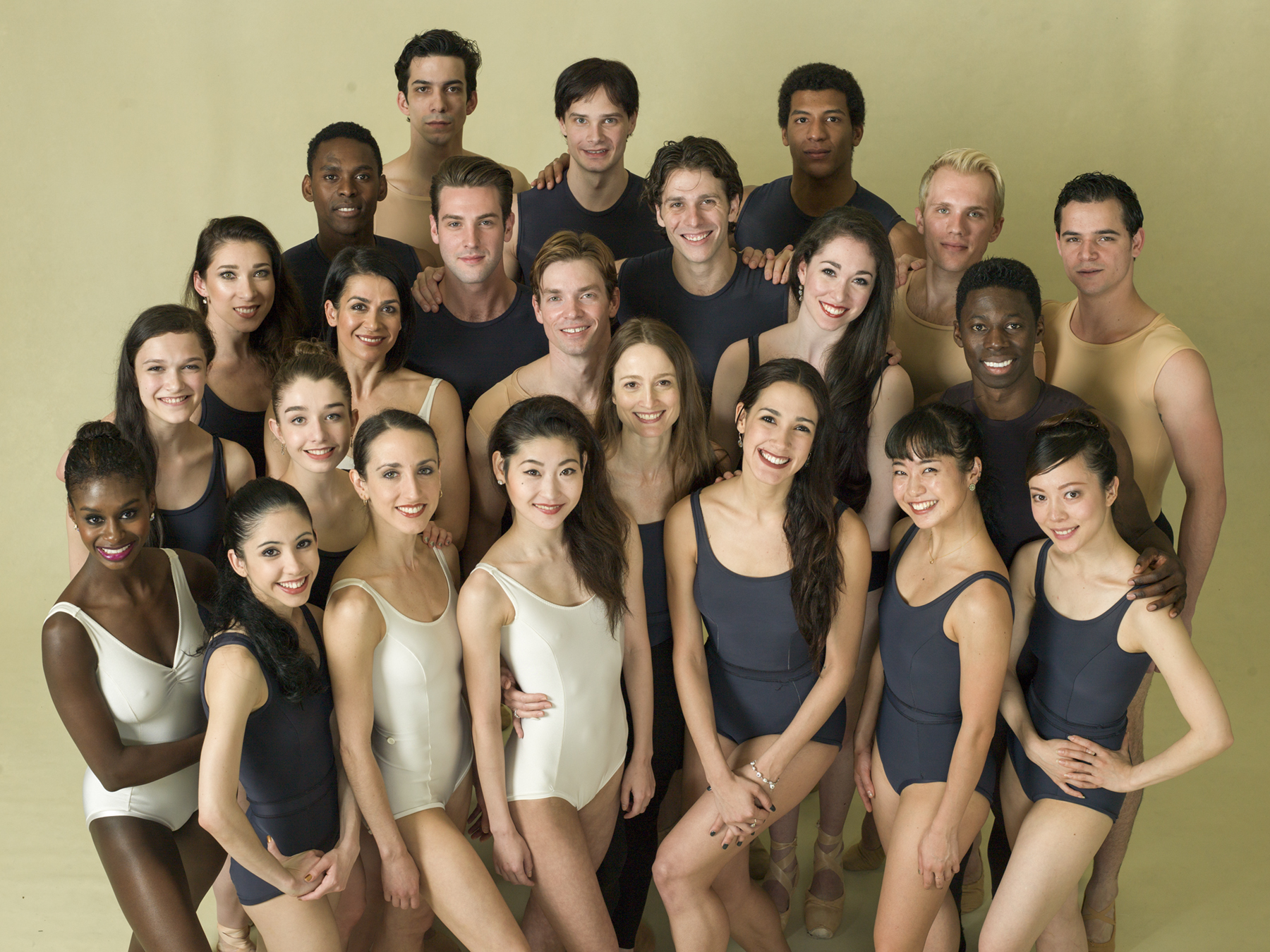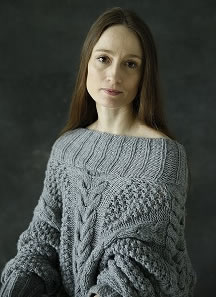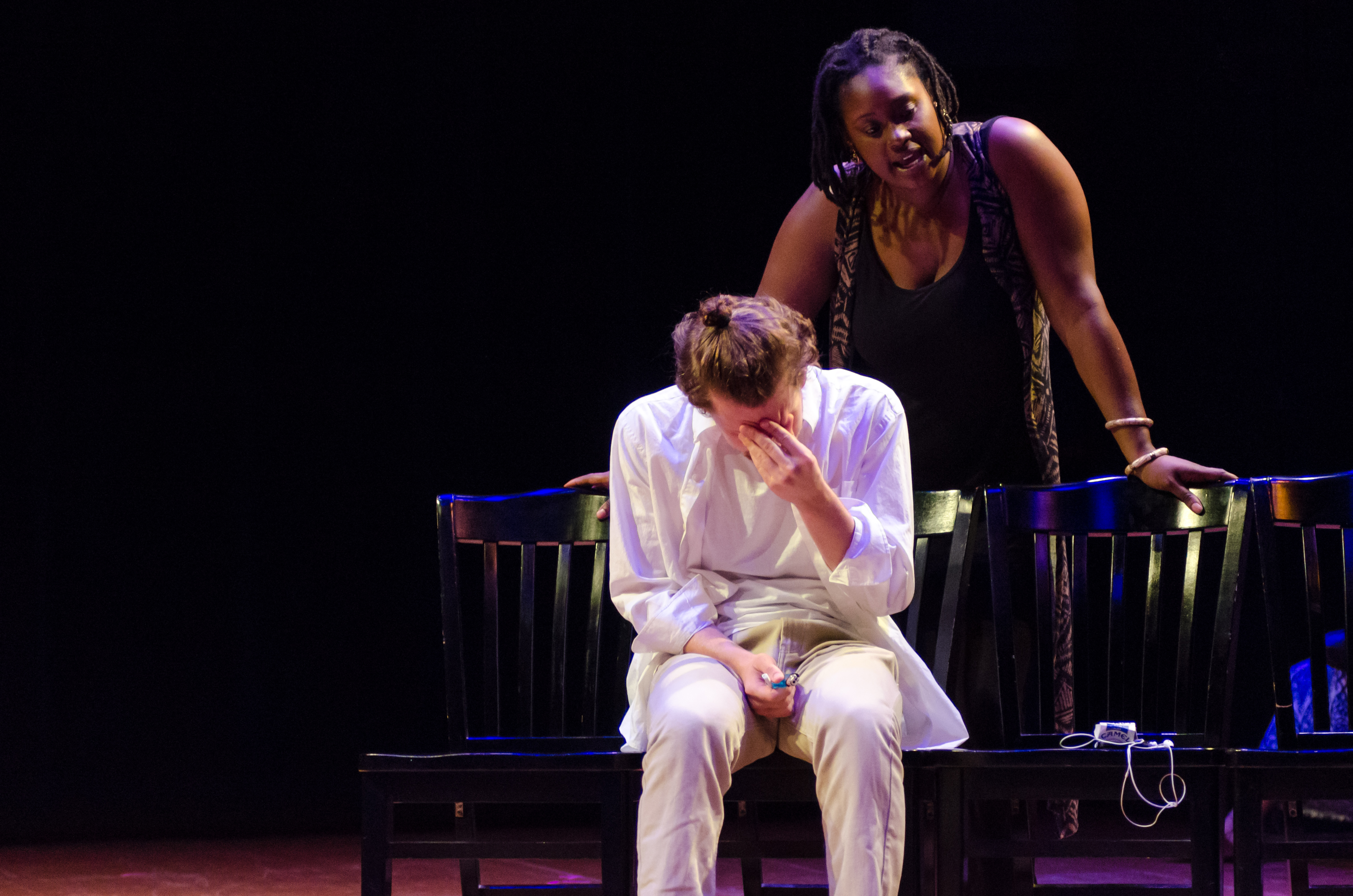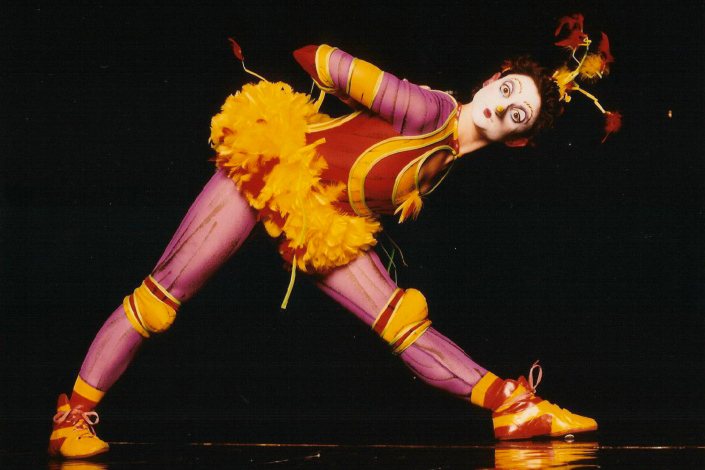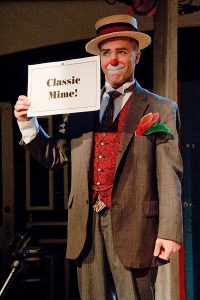Every artist dreams of a gallery show or even a museum retrospective dedicated to their singular artistic vision. In the reality of the working artist, however, more often than not one must find a way to let individual artistry shine in group exhibitions. One gallery show opening last week is confronting that challenge head-on by presenting a variety of artists who share little but passion.
On November 5th, Columbia Heights arts and community center BloomBars hosted an opening-night reception for Cause/Change, a new art exhibition bringing together an eclectic group of artists. The exhibition features seven creators, billing themselves cheekily as The November 5thArtists Group: Rebecca Clark, Richard DuBeshter, Joel Bergner, Pat Goslee, Clarke Bedford, Sean Lee Bourne and Andrew Krieger.
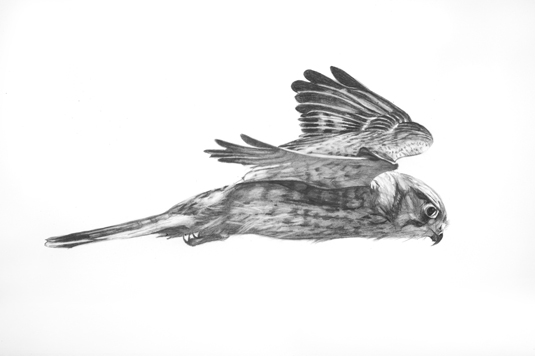
“Kestrel 1”, a drawing by Rebecca Clarke, is one of the pieces featured in the show Cause/Change, opening this Saturday at Bloombars
The exhibition description states that the artists share a “skilled passion” that might “change the way we see and respect our roles in the greater harmony to one another and the cosmos.” Just as broad as their aesthetic range are the artists’ backgrounds and level of notoriety.
Most prominent of the bunch is Joel Bergner, – otherwise known as Joel Artista – a mural artist, educator, and activist who has facilitated community art projects all over the globe. Bergner is perhaps best known for the Kibera Walls for Peace project, which sought to empower youth and promote peace in the lead up to the 2013 election in Kenya through graffiti.
Rebecca Clark, who creates realistic line drawings of both flora and fauna, and Pat Goslee, whose work reminds one favorably of both Picasso and mammalian entrails, have similarly impressive CVs, with a number of group and solo exhibitions both in the United States and abroad.
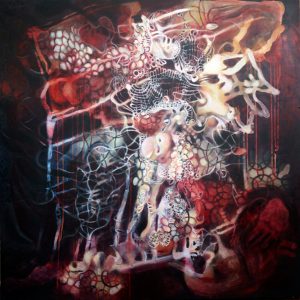
Nocturne Angelus by exhibiting artist Pat Goslee
Some of the artists are more experimental with form: Andrew Krieger works in multimedia, creating three-dimensional pieces which often blur the lines between painting, sculpture, and installation. Others live a multi-hyphenate life: Sean Lee Bourne has used his skill as a painter to design album art for DB Records record company and manages a record store, in addition to his art.
While it has no overarching theme or central political statement, Cause/Change includes everything from colorful, politically active murals to stirring black and white line drawings – perhaps something to suit the tastes of every regular gallery-goer.
Cause/Change will be on display at BloomBars from opening night November 5th at 7pm to its closing on December 11th. The BloomBars gallery is open Sunday’s 1-5pm, and by special appointments. More information is available on the exhibition’s Facebook event and the BloomBars website.
This article was originally published on UrbanScrawl.

